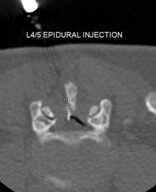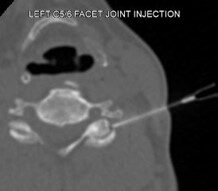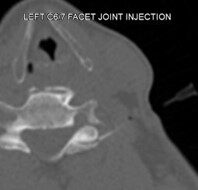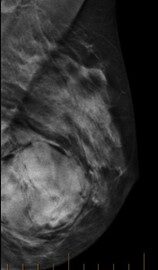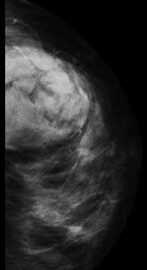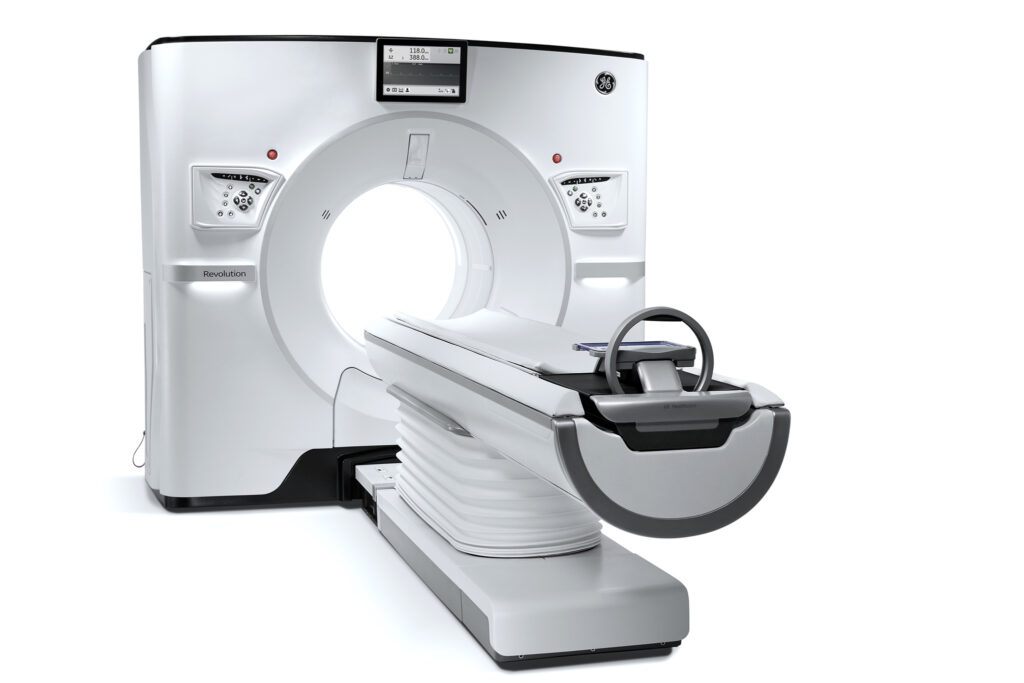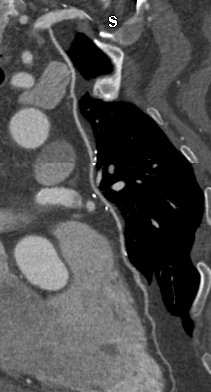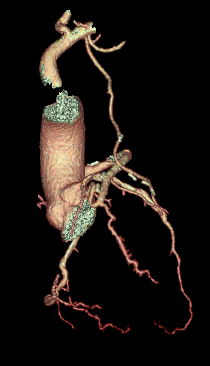Endometriosis is a chronic and often painful condition that affects approximately 1 in 9 women during their reproductive years.
It is essential that women receive accurate and timely diagnoses of endometriosis in order to receive appropriate treatment and support. Radiology professionals play a critical role in the diagnosis and treatment of endometriosis. With the use of advanced imaging technologies, your GP will refer to their recommended scan such as an ultrasound, MRI, or CT scan. Radiologists can help identify endometrial tissue growths and support the healthcare team in providing the best possible care for patients.
During Endometriosis Awareness Month, we encourage you to take the time to learn more about endometriosis. If you or a loved one is experiencing symptoms such as painful periods, chronic pelvic pain, painful intercourse, or difficulty getting pregnant, it is important to speak with a GP.
An accurate and timely diagnosis of endometriosis can lead to appropriate treatment and support.
If you have any questions, you can chat us at our website.



